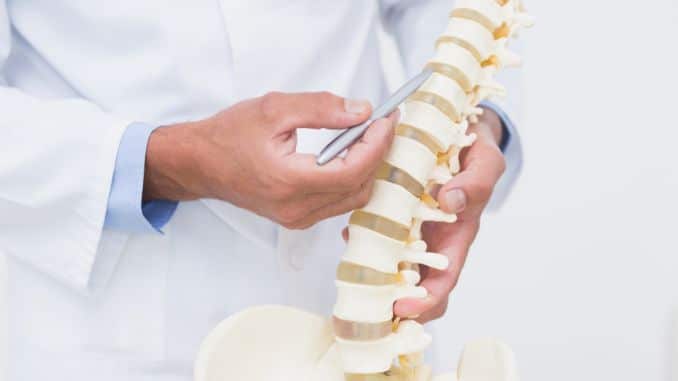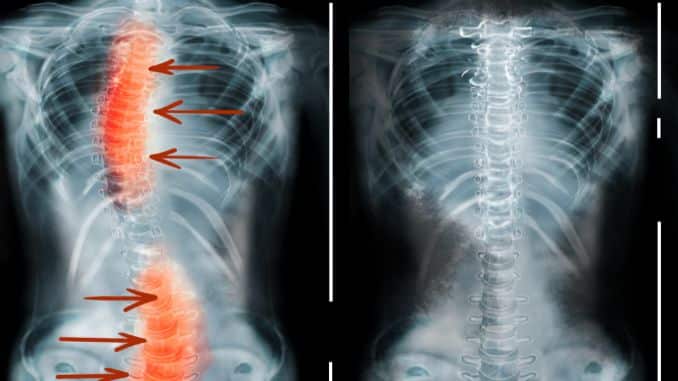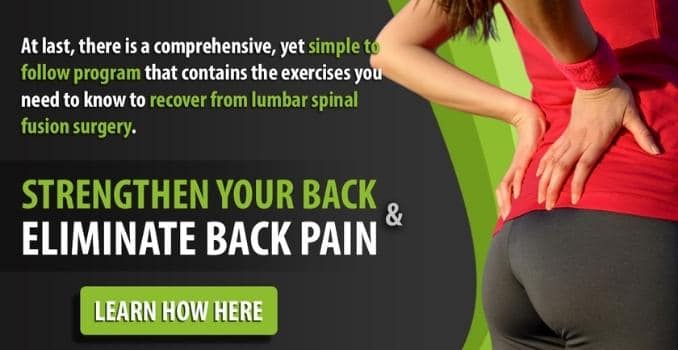
What is Scoliosis?
Scoliosis is a sideways curve in your backbone (or spine). Often, it first shows up when you’re a child or teenager. The angle of the curve may be small, large, or somewhere in between. But anything that measures more than 10 degrees on an X-ray is considered scoliosis. Doctors may use the letters “C” and “S” to describe the curve.
Doctors most often diagnose scoliosis as a sideways curvature of the spine in adolescents. While scoliosis can occur in people with conditions such as cerebral palsy and muscular dystrophy, the cause of most childhood scoliosis is unknown.
Most cases of scoliosis are mild, but some curves worsen as children grow. Severe types of scoliosis can be disabling. An especially severe spinal curve can reduce the amount of space within the chest, making it difficult for the lungs to function properly.
Furthermore, our spine has normal curves at the cervical, thoracic, and lumbar regions in the “sagittal” plane. They function as shock absorbers to distribute mechanical stress during movement, and it aids in the positioning of the head over the pelvis.
Scoliosis, on the other hand, is a spinal curvature in the “coronal” (frontal) plane. It is the vertical plane measured from head to foot and parallel to the shoulders. However, don’t be deceived. Scoliosis is actually more complex. It involves the coronal plane, sagittal plane, and axial plane, making it a three-dimensional problem.
Two Categories of Scoliosis:
1. Structural Scoliosis
The most common category is as it affects the spine’s structure. Spinal rotation is involved aside from the side-to-side curvature of the spine. It is by far considered permanent unless treated.
2. Non-Structural Scoliosis
Also known as functional scoliosis, is a temporary cause that involves side-to-side curvature of the spine with no spinal rotation. The spine’s structure is still normal.
Types of Structural Scoliosis:
Moreover, there are different types of Scoliosis; the most commonly used way of identifying it is by its etiology. Here are the different types of scoliosis.
A. Idiopathic Scoliosis
It is scoliosis with an unknown cause or no single factor that contributes to the development of the disease. It affects girls more than boys by eight times, and it is said to be hereditary. In many cases, idiopathic scoliosis is mild and requires no treatment other than close monitoring. Moreover, with early detection, healthcare providers can monitor and treat idiopathic scoliosis at an early stage. In many cases, early treatment can prevent the condition from becoming severe enough to require surgery. It can occur at any age, diagnosed between birth to 18 years old.
B. Congenital Scoliosis
It is scoliosis that results from inborn spinal defects. Bony malformation at birth brings about congenital scoliosis, and early detection is critical for achieving optimum outcomes. Aside from the scoliosis curves, a child’s spine may also develop other curves above or below the affected area or in the opposite direction. These curves happen as a way to compensate for and maintain an upright posture.
C. Neuromuscular Scoliosis
It is related to nerve disorders or conditions affecting the muscular systems, such as cerebral palsy, spina bifida, and spinal cord injury. Postural change is one of the first signs. One may be seen leaning forward or to one side while standing or sitting on a chair or wheelchair. It may develop a tall C-shaped spine that is likely to involve the entire length of the spine.
Causes of Non-Structural Scoliosis:
1. Leg Length Discrepancy
When one leg is shorter than the other, causing the spine to curve on one side.
2. Muscle Spasm
When a large muscle at the back pulls the muscles on one side, causing scoliosis.
3. Inflammation
Scoliosis may occur when one side of the body becomes inflamed, for example, appendicitis or pneumonia.
Symptoms of Scoliosis may include:
- the appearance of the body leaning to one side
- the head doesn’t look centered with the rest of their body
- When they bend forward, the two sides of their back are at different heights
- Uneven shoulders and/or hips
- Bump in the lower back
- Numbness, weakness, or pain in the legs
- Trouble walking
- Trouble standing up straight
- Tired feeling
- Loss of height
- Bone spurs, bony bumps in the joints of the spine from bone and joint damage
- Breathing problems in severe scoliosis
- Back problems, especially if their abnormal curves are large and untreated.
- Prominent ribs and a shift of the waist and trunk to the side
Diagnosis
Scoliosis is usually confirmed through a physical examination, an X-ray, spinal radiograph, CT scan, or MRI. The curve is measured and is diagnosed in terms of severity by the number of degrees. When symptoms develop, diagnostic tests may be required. The examiner can easily detect any asymmetry of the trunk or any abnormal spinal curvatures. This is a simple initial screening test that can detect potential problems but cannot accurately determine the exact type or severity of the deformity.
Furthermore, for an accurate and positive diagnosis, healthcare professionals require radiographic tests. Here are some of the conducted tests.
A. X-ray:
The application of radiation to produce a film or picture of a part of the body can show the structure of the vertebrae and the outline of the joints. X-rays of the spine are obtained to search for other potential causes of pain, i.e., infections, fractures, deformities, etc.
B. Computed tomography scan (CT or CAT scan):
A diagnostic image created after a computer reads X-rays; can show the shape and size of the spinal canal, its contents, and the structures around it. Very good at visualizing bony structures.
C. Magnetic resonance imaging (MRI):
A diagnostic test that produces three-dimensional images of body structures using powerful magnets and computer technology; can show the spinal cord, nerve roots, and surrounding areas, as well as enlargement, degeneration, and deformities.



